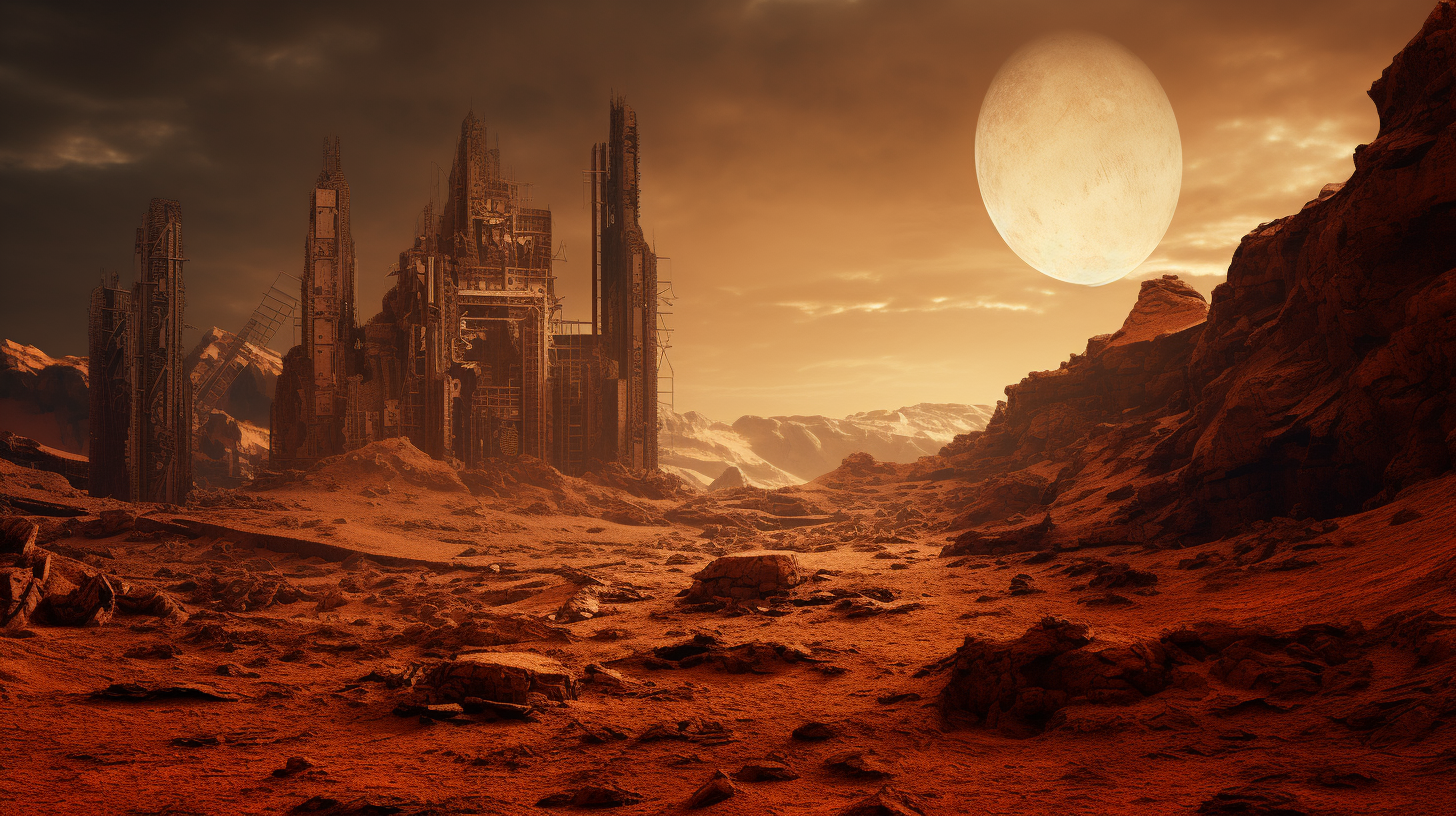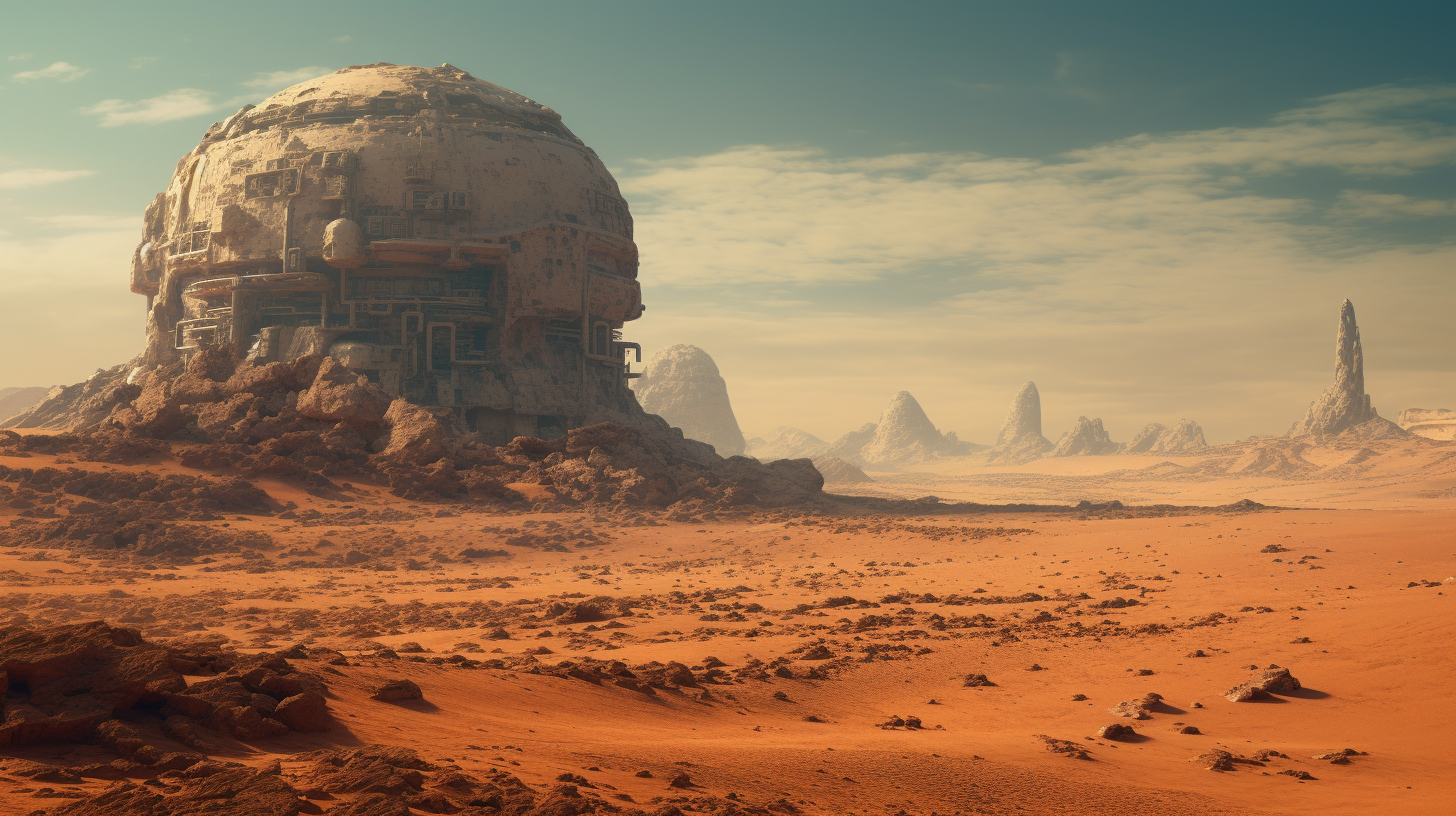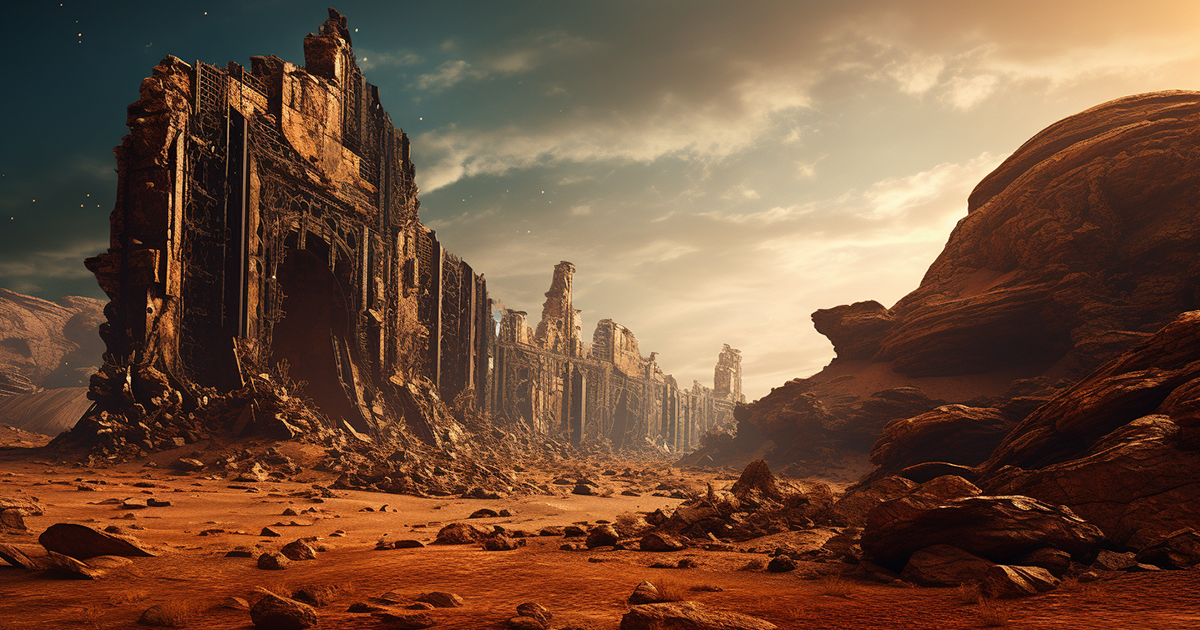Back in March 2020, an extraordinary event took place in the scientific field when the Cydonia Institute, a team of devoted Mars landscape experts, presented a groundbreaking study that caused a stir in the community.
Through the analysis of satellite images of Mars’ terrain conducted by these researchers, astonishing discoveries were brought to light – peculiar structures reminiscent of pyramids with various sides and a range of intriguing mountains.
The origins of the Cydonia Institute’s investigative journey can be traced back to 1991 when NASA announced the Mars Observer mission revival.
Over a span of more than thirty years, the team meticulously combed through NASA’s photographic records, accumulating compelling evidence hinting at the existence of artificial constructs on Mars.
Their approach mirrored that of a terrestrial detective, carefully scouring for geometric irregularities hidden within the Martian landscape such as straight lines, circles, squares, rectangles, and parallel formations.

Upon the arrival of the Perseverance rover, a striking revelation emerged – an unusual conical pyramid spotted in the rover’s initial images, challenging traditional geological interpretations.
Aware of the potential for more compelling evidence awaiting discovery in NASA’s upcoming images, the team eagerly anticipated uncovering hidden treasures nestled in Mars’ topography, especially in the region brimming with aquatic possibilities where the rover landed.
For over four decades, the idea of an ancient Martian civilization has intrigued researchers and the broader audience, intensifying the enduring fascination surrounding Mars that has transcended generations.
The allure of Mars solidified with the advent of the space age, notably with the arrival of Viking 1 and Viking 2 in 1976, which provided a wealth of high-definition images, fueling speculation.
The advancements in photographic clarity sparked imaginations, with some even detecting hints of life, structure-like formations, obelisks, and potential remnants of a lost civilization in the enigmatic shapes and pyramid-esque structures on Mars.

One of the most intriguing mysteries was the infamous “Face on Mars,” a massive face-shaped formation captured in the Viking lander photos, sparking theories about ancient Martians repurposing land features into grand sculptures.
In close proximity to this depiction, the D&M Pyramid puzzled observers with its five-sided structure and precise geometry, igniting intense debates about its natural origin.
Decades later, the enigma surrounding the “Face on Mars” persists, embodying the irresistible allure of the Red Planet and the enduring riddles enveloping it.
While skeptics attribute these anomalies to optical illusions or unique rock formations, the attraction of unraveling genuine Martian mysteries continues to captivate researchers and enthusiasts alike.
Video:
In their unwavering quest for answers, the Cydonia Institute and their associates persist in examining Mars’ topography, meticulously scrutinizing pixels in photographs in search of hidden revelations.
As they delve deeper, they prompt us to ponder: Could an advanced civilization have thrived on Mars in ancient times, leaving behind clues that challenge our cosmic understanding?
The mysteries of Mars endure, pushing the boundaries of our perceptions and urging us to probe further, leaving us grappling with more questions than answers.
